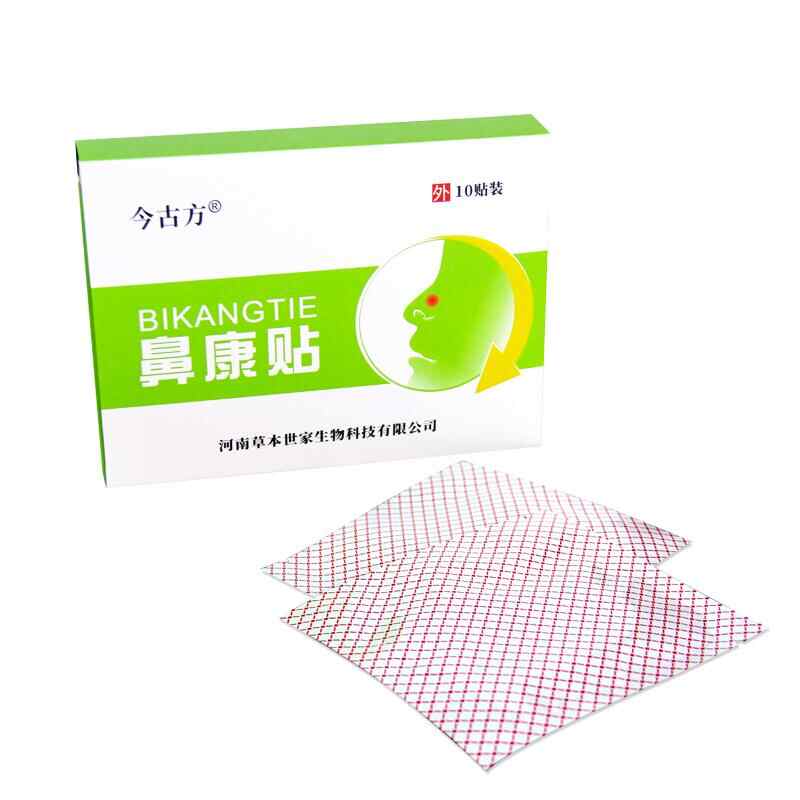Author: Kongdy Patch
Date: 10 16,2025
Nasal strips, those small, flexible bands placed across the bridge of the nose, are often dismissed as a simple remedy for snoring. While they are highly effective for this common nighttime nuisance, their benefits are rooted in a sophisticated understanding of nasal anatomy and extend far beyond the bedroom. For athletes, allergy sufferers, and anyone seeking improved rest, the nasal strip is a powerful tool for enhancing one of our most vital functions: breathing.
The principle behind nasal strips is elegantly simple yet ingenious. Each strip contains two embedded plastic springs. When applied to the nose, these springs gently lift and pull open the nasal passages—the narrowest part of the airway. This mechanical action is purely physical; it does not involve any medications, chemicals, or stimulants. By physically widening the nasal valve, the strips reduce nasal airway resistance. This is the aerodynamic drag that makes breathing feel laboured when you have a cold or nasal congestion. With lower resistance, air flows more freely and with less effort.

For the everyday individual, this translates to tangible benefits. During sleep, this improved airflow can prevent the soft tissues in the throat from vibrating, which is the primary cause of snoring. The result is a quieter night and more restorative sleep for both the user and their partner. Furthermore, enhanced oxygen intake during sleep can lead to feeling more refreshed and alert upon waking.
The application, however, is not limited to nighttime. For individuals with mild seasonal allergies or a deviated septum, nasal strips can offer daytime relief by making breathing easier without reliance on constant medication. They have become a common sight in the world of sports, where athletes use them to maximize oxygen intake, reduce perceived exertion, and improve endurance. By facilitating easier breathing, the body can operate more efficiently, whether you're running a marathon or just climbing a flight of stairs.
In essence, the nasal strip is a testament to the power of biomechanical design. It is a non-invasive, drug-free solution that leverages simple physics to support a fundamental biological process, proving that sometimes, the most effective innovations are those that work in harmony with the body's own design.